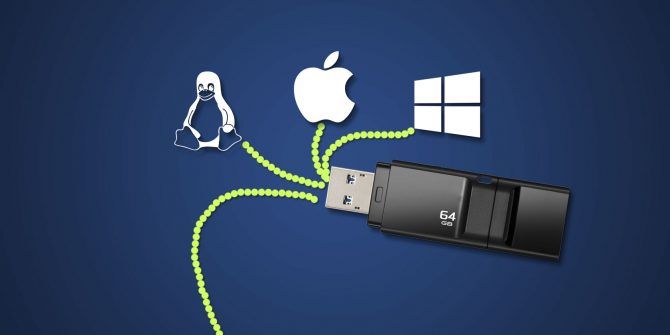Format a drive using Disk Utility on a Mac Launch Disk Utility (Applications Utilities). Select your external hard drive or USB flash drive from the list on the left. Click on the Erase tab. Select the format – Mac OS Extended (HFS+), MS-DOS (FAT32), or exFAT – then name the drive.
WARNING: Formatting will erase all data on the device. Back up all your data before proceeding.
- How to reformat a disk to FAT32 on a Mac.Technical notes: Formatting a disk using Windows maxes out the partition at 32GB, but not if the formatting is done.
- Format corrupted USB flash drive to exFAT with Disk Utility Plug your corrupted USB flash drive into your Mac, then open disk utility. You will see the USB flash drive on the left sidebar. Click to choose the corrupted USB flash drive.
- How to format usb flash or disk fat32 on Mac. Since Mac Disk Utility provides the formatting file system fat, exfat, you may want to know what's the difference between fat and fat32, or exfat? See this is a photo that shows what's available when formatting the media in Disk Utility. Choose a file system to format. More mac fat32 format tools?
Instructions below are for 10.11.x (El Capitan) and 10.12.x (Sierra)
1. Double-click on Macintosh HD - or in the Finder menu clickFile > New Finder Window
2. Click the Applications folder - if using a Finder Window Applicationswill be in the left side menu.
3. Click the Utilities folder.
4. Double-click Disk Utility.
5. On the left side of the window are the drives connected to the computer. Select the capacity of the drive respective to the one containing the device you wish to format then click the Erase tab.
Example: If the drive is called 'NO NAME', directly above that, you should see the drive capacity of 'XXXX'. Select this capacity.
6. Verify Volume Format is set to MS-DOS file system or exFAT, Scheme is set to “Master Boot Record” (Do NOT select GUID Partition Map) then click Erase.
Instructions below are for 10.13.x (High Sierra)
Format Flash Drive Mac Fat32
1. Open Disk Utility. Please See Answer 20985: How to access Disk Utility macOS
2. In the top menu bar, go to View, and choose Show All Devices
3. Select the upper level of the drive you would like to format and click the Erase button
4. Choose how you would like to format the drive
Exfat File Format
- Enter a Name for your drive
- Choose exFAT or MS-DOS (FAT) for the format
- Choose Master Boot Record for the Scheme
- Click Erase
5. When finished, the drive will be formatted and repartitioned successfully. Click the Done button
Format Usb Drive To Exfat
NOTE: exFAT is used on SDXC card (64GB and higher).

NOTE: exFAT can be used on flash drives or memory cards to transfer files larger than 4GB.
NOTE: MacOS 10.6.2 or higher is required for exFAT file system. Some older operating systems must have a patch installed before they can use the exFAT file system.
NOTE: If the above steps do NOT resolve the problem or if the lock switch is missing or broken, please back up your data and request a replacement using our online web form.
Exfat And Mac
Related Articles:
Operating systems that support exFAT
Deleting files on a memory card using a Mac
Deleting files on a Cruzer USB flash drive using a Mac
